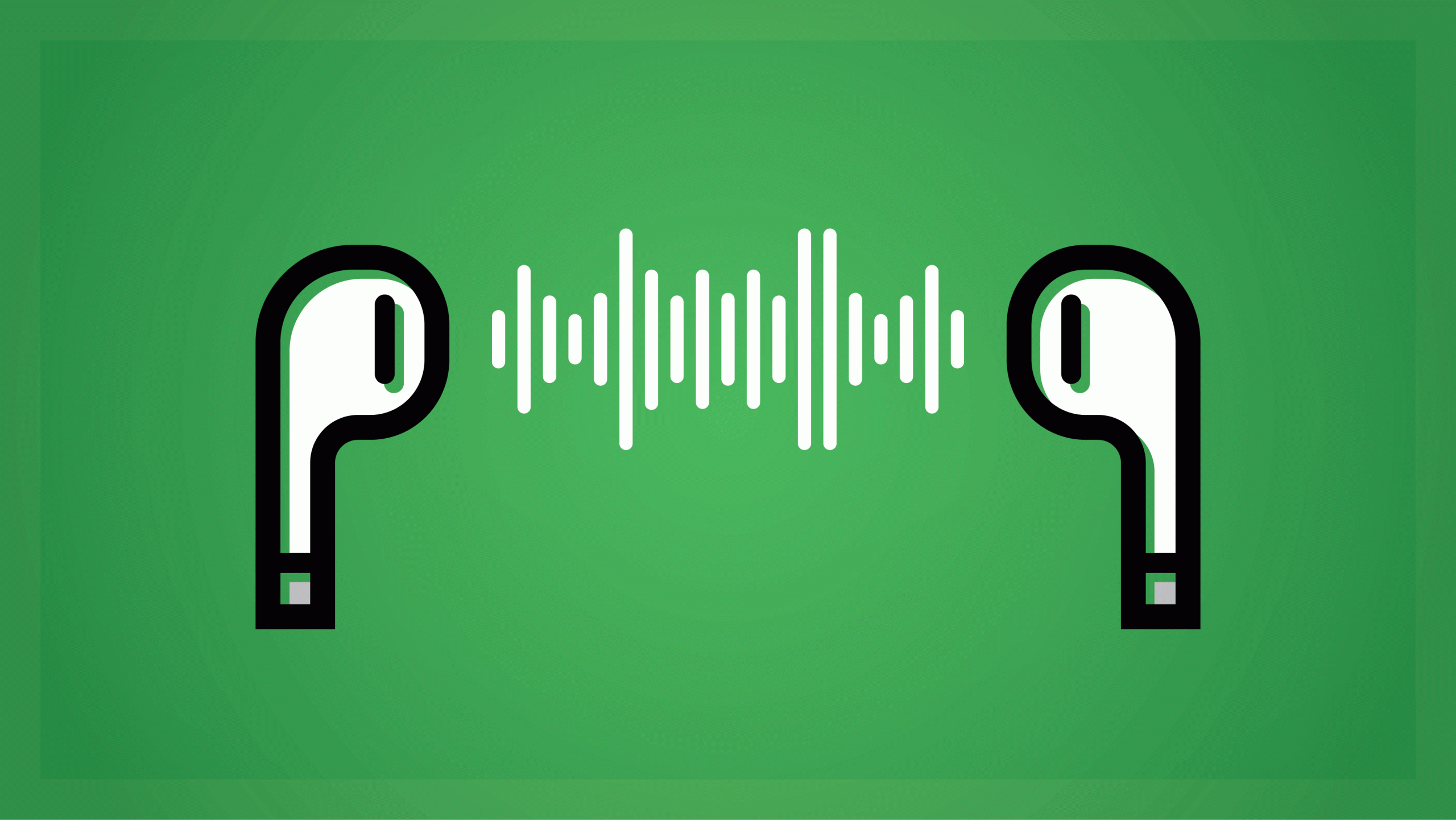
Tips for dealing with spam complaints and avoiding the Blacklist.
One of the most frightening emails you can receive as a marketing professional starts with a subject line such as: Spam Complaint Received. Especially if you utilize email marketing to reach out to your audience. If you’re reading this post because you were looking for insight or help, relax, take a breath. We can get through this together, I promise. You who are just learning about being on a blacklist, you might be frantically asking yourself, “What the heck does this spam complaint email even mean?!”
When you’re blacklisted, your IP address (primarily your website and your email address) is blocked from sending emails to other users who adhere to the blacklist. In other words, your ability to communicate online is severely impeded. So, who controls the blacklist? There are hundreds of monitoring servers across the globe with the common goal of weeding out spam and malware emails. Ridding our inboxes of mischievous messages is no easy chore, hence the number of policing Internet entities. The weapon of choice for a monitoring server is placing suspicious senders on a blacklist. This blocks spammers from sending further emails to everyday users. This includes the most common email providers (think Gmail and Outlook). Depending on your Internet provider and/or IT person’s network security settings, you yourself are protected from spammers by these blacklisting servers. Think of the servers as extremely effective nightclub bouncers. If you’re on their list, you don’t get in to their club. Getting on the bad side of the user’s security settings isn’t pleasant, but not the end of the world.
Remember, there’s always a risk of receiving spam complaints when engaging in email marketing. Protecting yourself from being blacklisted begins when you make the decision to start an email campaign. Ensuring you’ve taken all the basic legal precautions is the first step to minimizing your risk of being flagged as a spam producer. Always be sure to communicate with your IT person about taking more technical precautions.
Another tactic to check your online reputation is reviewing your website’s reputation as a citizen of the Internet at large. There are dozens of websites to check your site. Here are a couple we use at Jajo:
- InMotion Hosting Blacklist Checker
- Cisco’s SenderBase
If you’ve been blacklisted, work with your awesome tech-savvy IT person to determine where the issue occurred and why you were blacklisted. He or she will know what to do, but it certainly helps to know some of the items to check. Is there an error with your server and network settings? Do you have malware on one of your network computers that could have been secretly sending? Once you’ve finished sleuthing, take your Sherlock Holmes hat and be ready to put on a digital smile.
Most blacklist monitoring servers will allow you to remove yourself from their lists, provided you weren’t sending messages with malicious intent. Talking to these managers about the situation helps make the case to remove your name quickly. Be sure to communicate all errors that might have happened and how you went about safeguarding yourself from future incidents. Remember, these people are just good Internet Jedi and their job is to keep their users safe, not to pick on you.
Your online reputation means everything when it comes to email marketing. Take this information to keep it healthy, so you can continue to reach out to your audience in a good light. If you do find yourself in a blacklisting pickle, or have further questions on how to protect your brand’s online integrity, contact Jajo.


